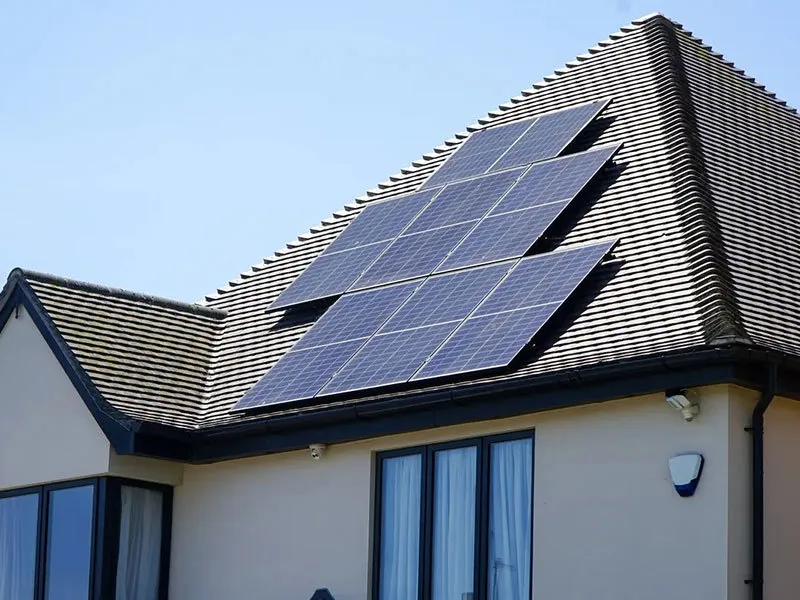Ground Based Solar Array Systems
The Advancements and Impact of Ground-Based Solar Arrays
As the world shifts towards sustainable energy, ground-based solar arrays have gained significant attention for their efficiency and scalability. These expansive systems harness sunlight through photovoltaic cells, converting it into electrical energy that can power homes, businesses, and even entire communities. Ground-based solar arrays are typically installed on land that is not suitable for agriculture or development, allowing for minimal disruption to the ecosystem while maximizing energy production.
The Advancements and Impact of Ground-Based Solar Arrays
Furthermore, ground-based solar systems offer versatility in design and mounting options. They can be fixed-tilt systems, where panels are set at a specific angle for optimal sun exposure, or tracking systems that follow the sun’s path throughout the day. While fixed systems are often more cost-effective, tracking systems can increase energy output by a significant margin, making them a worthwhile investment in areas with high solar insolation.
ground based solar array

The economic benefits of ground-based solar arrays are also noteworthy. The initial investment may be substantial, yet the long-term savings on energy bills can be significant. Additionally, many governments offer incentives and tax credits for solar energy installation, further reducing costs. These installations can create jobs in various sectors, from manufacturing to maintenance, contributing to local economies and promoting sustainable development.
Environmental impact is another crucial aspect of ground-based solar arrays. By providing a renewable energy source, these systems help reduce reliance on fossil fuels, lower greenhouse gas emissions, and combat climate change. The implementation of solar energy not only enhances energy security but also promotes cleaner air quality, benefiting public health and the environment.
However, it is essential to consider the land use implications of large-scale solar farms. Installing solar arrays requires careful planning to avoid displacing agricultural lands or natural habitats. Thoughtful site selection and the use of degraded or brownfield sites can mitigate these concerns while still reaping the benefits of solar energy.
In conclusion, ground-based solar arrays represent a crucial component of the global transition towards renewable energy. Their ability to generate significant amounts of electricity, combined with economic advantages and environmental benefits, makes them a viable solution for energy needs. As technology continues to evolve and expand, ground-based solar arrays will play an increasingly pivotal role in achieving a sustainable future.
-
String Solar Inverter: The High-Efficiency Solution for Smart Solar EnergyNewsJul.14,2025
-
Revolutionizing Rooftop Energy with the Power of the Micro Solar InverterNewsJul.14,2025
-
Power Independence with Smart Off Grid Solar Inverter SolutionsNewsJul.14,2025
-
On Grid Solar Inverter: Powering the Future with Smart Grid IntegrationNewsJul.14,2025
-
Monocrystalline Solar Panels: High-Efficiency Power for the Future of Clean EnergyNewsJul.14,2025
-
Bifacial Solar Panel: A Smarter Investment for Next-Generation Energy SystemsNewsJul.14,2025







